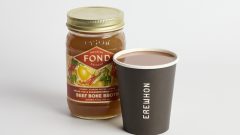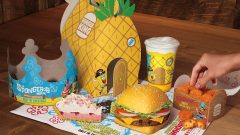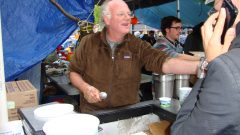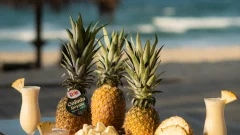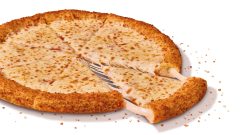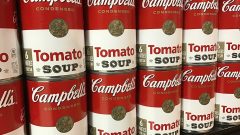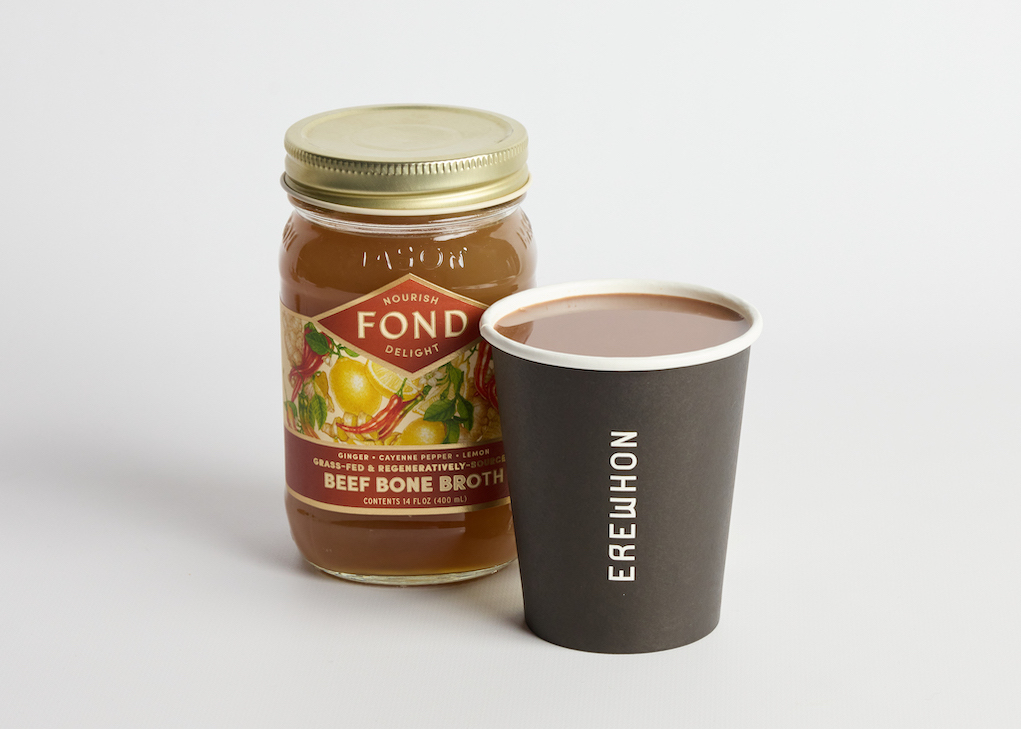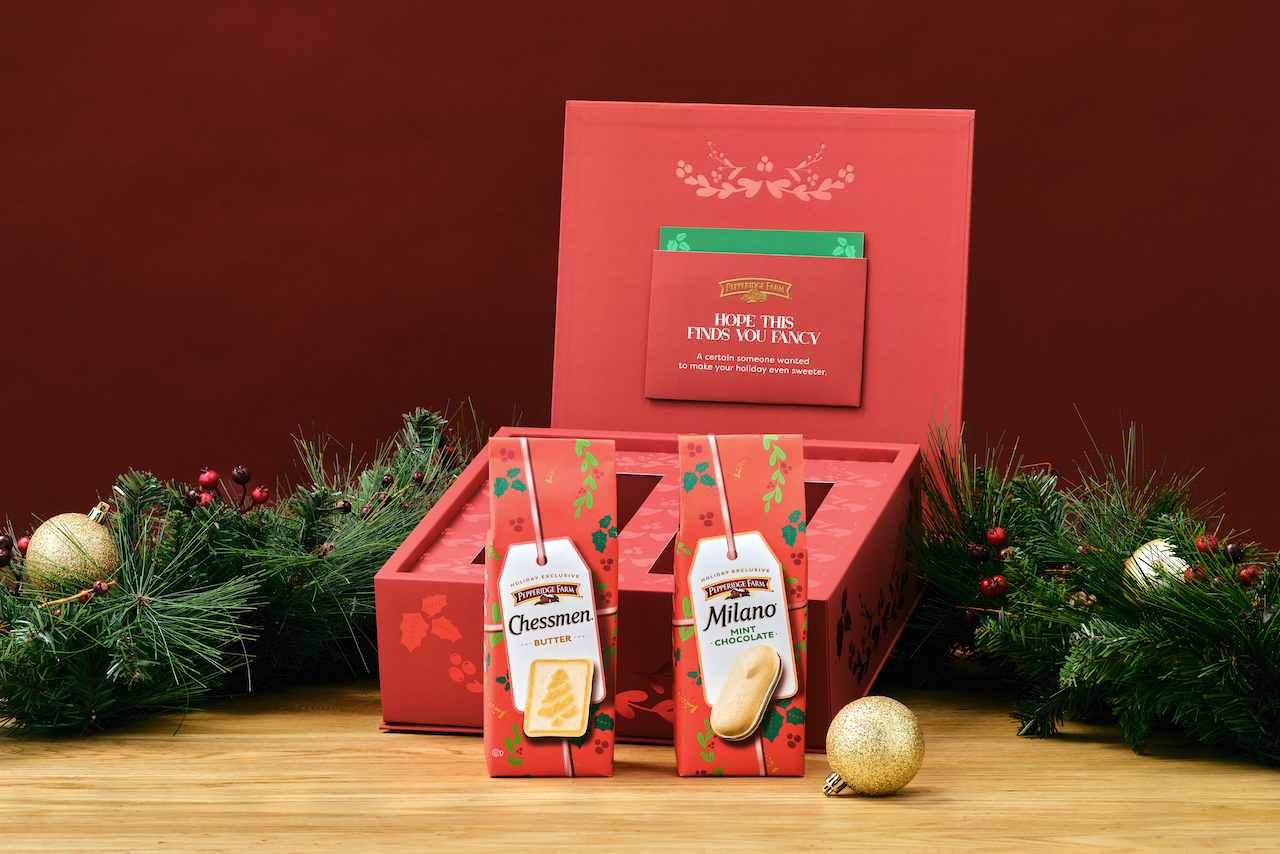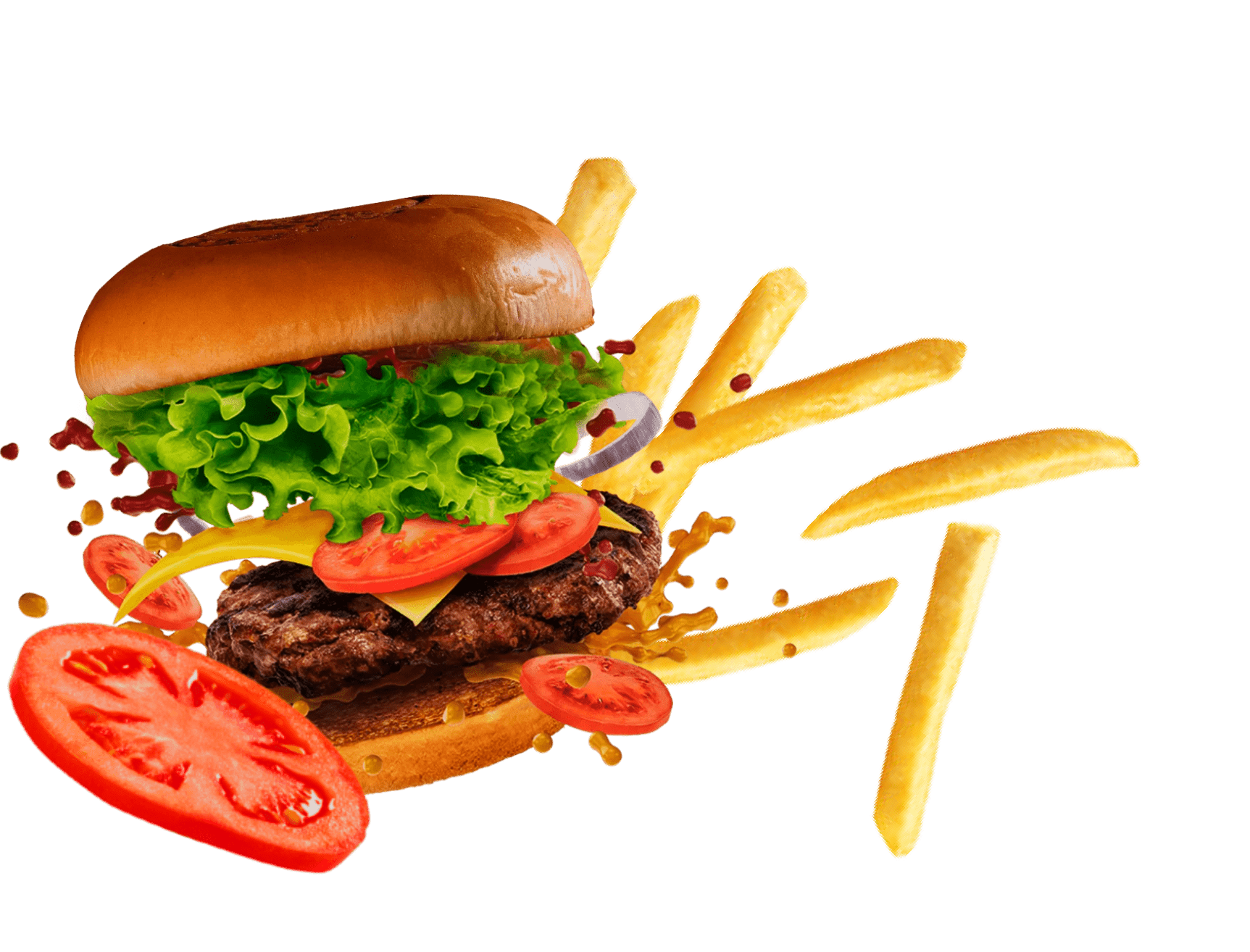24 Grilling Tips To Crush Your Next Barbecue
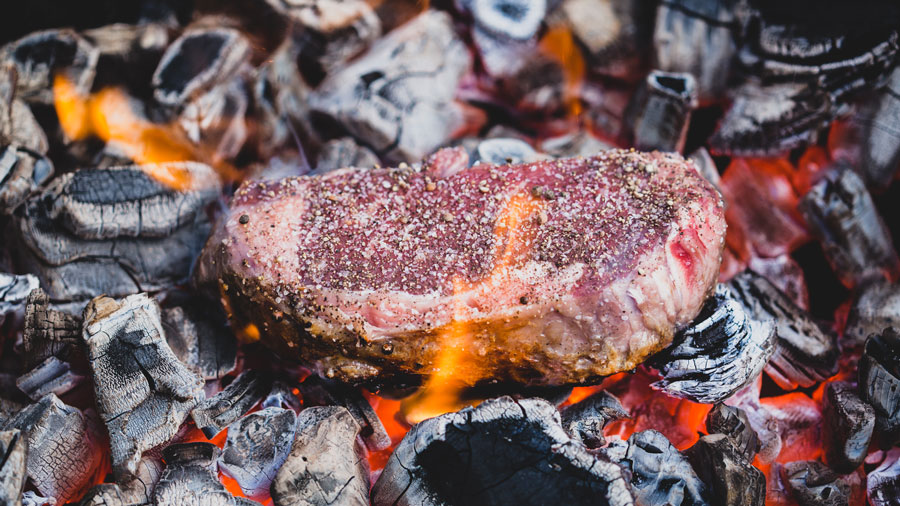
If you love barbecue as much as I do, grilling season is all-year round.
On a recent trip to Bush’s Baked Beans BBQ Boot Camp, I got to learn some essentials to grilling from a seasoned pro. You may know Steven Raichlen from the PBS series Project Smoke or his bestselling book The Barbecue Bible. Raichlen served as the official grill master for Bush’s BBQ Boot Camp and imparted decades of grilling wisdom on a small team of amateurs.
Myself, included.
The day-long crash course on everything BBQ was designed to give even the most novice of barbecuers a strong foundation for handling the grill.
I spent some time and transcribed my sloppy writing from the course into a few tips for anyone interested in making their barbecue experience even easier.
Check them out!
Seasoning
Salt and Pepper are essential when it comes to seasoning meats. Sometimes that’s all you need.
If you want to add more layers, a rub of salt (salty), coarse black pepper (heat), paprika (earthy), and brown sugar (sweet) covers most taste sensations you’d want on your meat.

With the seasoning base mentioned above, you can customize it with additional spices depending on the type of cuisine you’re interested in cooking.
When salting meat, make sure to do it from an elevated angle (see SaltBae) to ensure that the salt is evenly distributed. This avoids getting irregularly salty patches in your cook.
Meats
When using a meat thermometer, make sure to insert it through the side of your cut and not from above to get a more accurate reading.
Use tongs or spatulas when turning your meat. Piercing cuts with a fork will drain the meat of its flavor and juices.

When making burgers, use ground beef that’s at least 15-18 percent fat. This prevents your patties from being too dry. Twenty-five percent, however, is too fatty.
Do not press your burger patty with the spatula when grilling. All this does is squeezes out the tasty juices inside your burger.
Grilling
Direct grilling is when high heat is used to cook small or thin cuts of meats and vegetables.
Indirect grilling is when foods are cooked near or around the heat source while not sitting directly above it. This method is ideal for large or fattier cuts of meats or fish that will take a while to cook.
Charcoal burns hotter and drier and provides the best sear potential, but you won’t get too much flavor when cooking with it.
Propane grants you the option of controlling your temperature with the push of a button, but also provides little flavor.
Wood provides tons of flavor with a plethora of varieties. Different types of woods are paired with different types of meats. Wood, however, is a little more difficult to control in terms of temperature.

When cooking large cuts of meats, fight the temptation of opening your grill or smoker. Every time you peek, you lower the temperature and add to your cooking time. Just believe in yourself and trust your meat will come out beautifully.
Allowing your meat some time to rest after you cook it is a must. This creates a tastier and juicer product than if you were immediately primed to slice it open.
If your asparagus has the tendency to fall between the slits of your grill, take a skewer and carefully pierce four to five stalks of asparagus. These “boats” will keep from falling into the fire.

Basic Tips
Be as organized as possible. Have everything you need by the grill before you start.
Make sure you have enough fuel before you begin. You can’t stop halfway to go pick up some fuel.
Stay as clean as possible. Throw out waste and wipe your station down as you cook. Clean your grilling grates after every use.

After you clean your grates, make sure to keep it lubricated. Just take a paper towel soaked in oil or some kind of rendered animal fat and carefully oil the grate.
This is a no-brainer, but we can’t stress this enough. WASH YOUR HANDS after handling raw meat.
Try to avoid wrapping your food inside aluminum foil when grilling or smoking. Raichlen compares it to making love with protection on.
Instead of having to waste two plates for raw and cooked meats, just throw a layer of plastic wrap over one plate for the before and after. So picture it as plate, plastic layer, raw meat. Once all the raw meat has been cooked, remove the plastic and place it flush on the plate.

Never use the same cutting boards for raw meat and cooked meat. If you only have one cutting board, pour boiling water over it to kill any bacteria.

